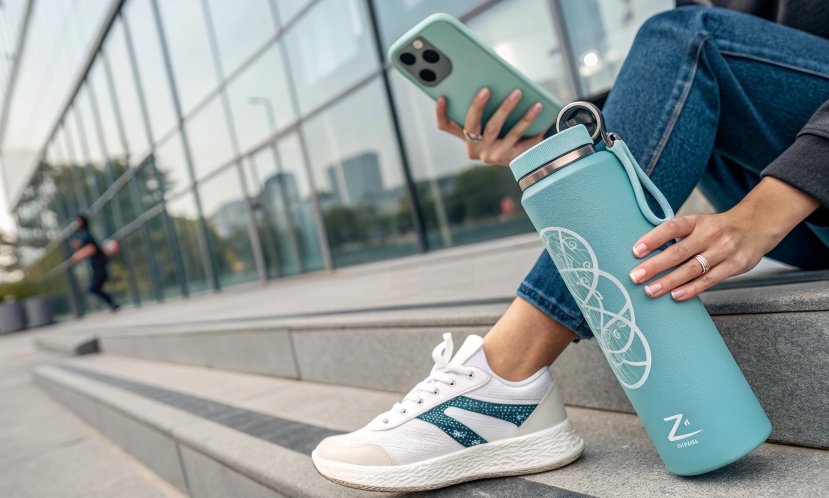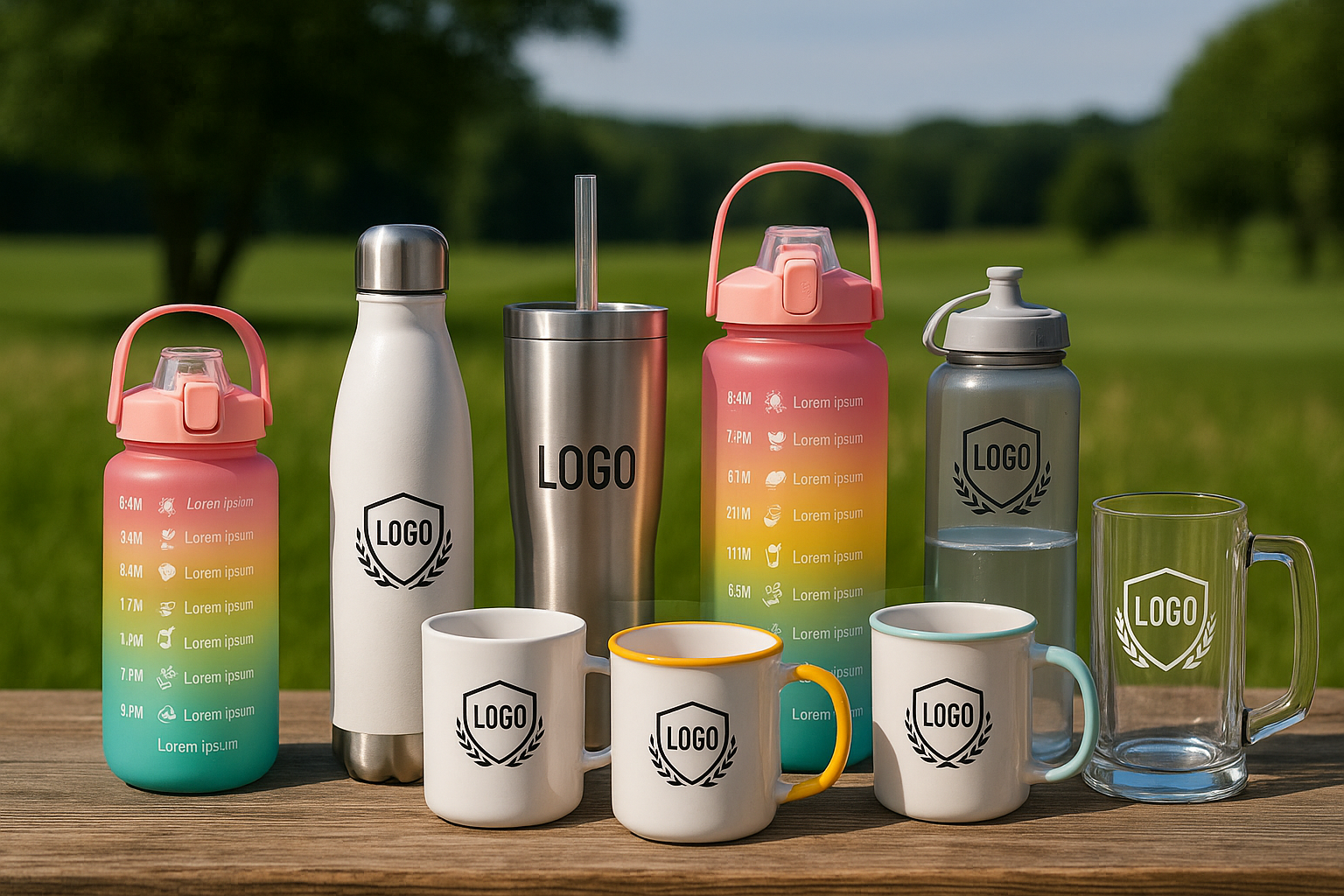Trying to decide on the sizes for your new drinkware line? The wrong choice can lead to unsold inventory and a product that doesn't fit your customer's life.
Water bottles typically come in small (12-20 oz), medium (24-32 oz), and large (40-64 oz) sizes. The best size depends entirely on the user's lifestyle, from portability for commuting to high capacity for all-day hydration.
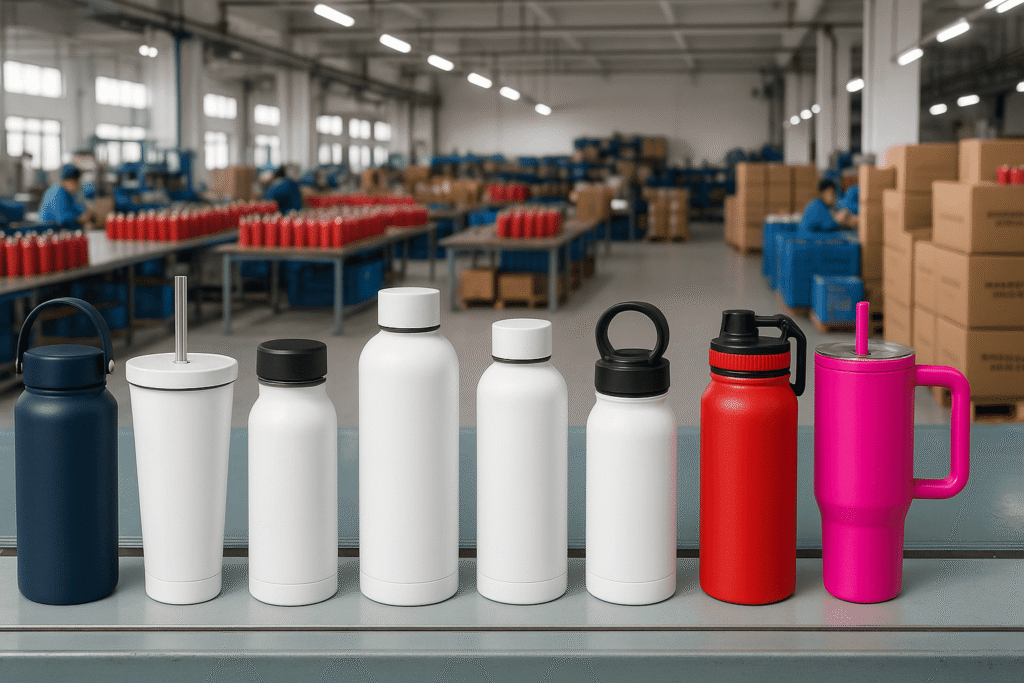
When I consult with partners on a new product launch, the conversation about size is one of the most important we have. I've seen brands build their entire success on a single, perfectly chosen size, like the 40 oz tumbler. I've also seen brands fail because they offered a 32 oz bottle with a base that was just a millimeter too wide for a standard cup holder. This isn't just about volume; it's about how that volume fits into a person's hand, their bag, and their daily routine. Getting this right is fundamental.
What sizes do water bottles come in?
Your team is ready to design a new bottle, but you're paralyzed by choice. Offering too many sizes increases costs, but offering too few means missing out on key customers.
Bottles range from small 12 oz kids' sizes to giant 128 oz jugs. The core market focuses on 20-26 oz for portability and 32-40 oz for desk use. Aligning size with a clear purpose is key.
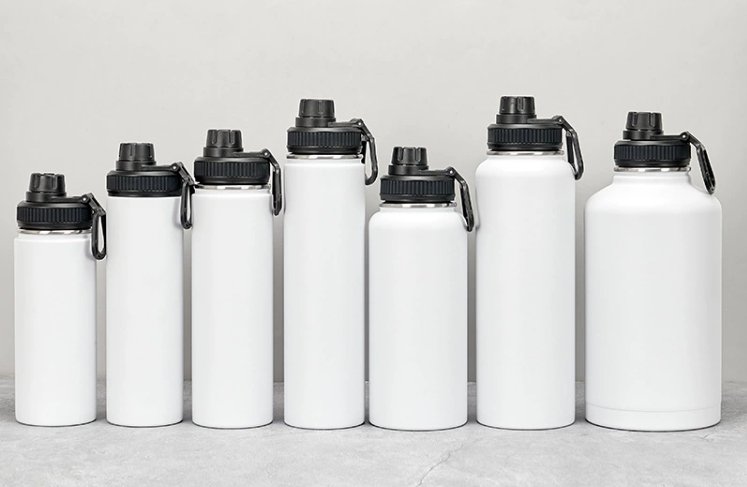
When developing a product line, the goal isn't to offer every possible size. The goal is to be strategic. I guide my clients to think about use-cases first. Who are you selling to? The commuter who needs a bottle for their car? The athlete who needs to hydrate for hours? Or the student who needs something to throw in a backpack? Each of these people needs a different size. Start by serving your core customer perfectly, and then expand your size offerings as you grow.
A Strategic Guide to Drinkware Sizing
For a product developer like Emily, each size represents a different market segment. Understanding the landscape allows you to build a logical and profitable product range. You can cater to specific needs without overwhelming your production line.
| Size Range | Standard Volume | Primary Use Case & Target Audience |
|---|---|---|
| Small (Personal) | 12-20 oz / 350-600 ml | Kids' lunches, coffee, short commutes, fitting in small purses. |
| Medium (All-Rounder) | 24-26 oz / 700-750 ml | The "cup holder" size. Perfect for daily errands, gym sessions. |
| Large (Hydration Goal) | 32-40 oz / 1-1.2 L | Desk workers, serious athletes, those tracking intake. |
| Jumbo (Gallon Jug) | 64-128 oz / 2-4 L | Hardcore gym goers, outdoor laborers, family hydration. |
My advice for most brands is to launch with two core sizes: a Medium "All-Rounder" (like 24 oz) and a Large "Hydration Goal" (like 32 or 40 oz). This covers the two largest segments: portability and capacity. This focused approach simplifies marketing and inventory while still meeting the needs of the majority of your potential customers.
Is 32 oz a big water bottle?
You're considering a 32 oz bottle, a popular size online. But you're worried that in person, customers will find it too bulky and impractical, leading to returns and negative feedback.
Yes, a 32 oz (about 950 ml) bottle is considered large. While it's a wellness-trend favorite for meeting hydration goals with fewer refills, it often doesn't fit in car cup holders and can be heavy when full.
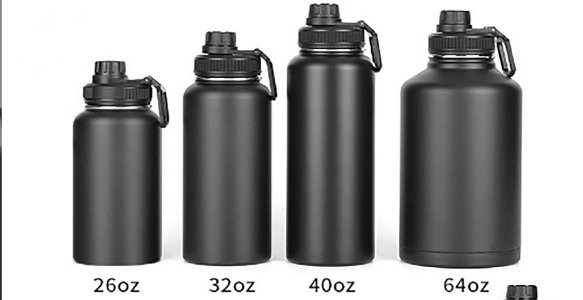
The rise of the 32 oz and 40 oz bottle is directly tied to the wellness movement. People want to hit that "eight glasses a day" goal, and a one-liter bottle makes tracking easy. When a partner wants to develop a bottle this size, I tell them to embrace its "bigness." Don't try to hide it. Instead, build features around it. Add a sturdy, comfortable handle. Market it as the perfect desk companion or workout partner. The customer for this bottle prioritizes capacity over portability, so design and market it for that purpose.
The Trade-Offs of the 32 Ounce Bottle
As a product developer, you must understand that the 32 oz bottle is a lifestyle choice for the consumer. It's popular for a reason, but its size comes with inherent challenges that you can solve through smart design.
The Pros:
- Hydration Tracking: Holding roughly one liter of water makes it simple for users to track their daily intake. Two refills and you've hit the two-liter mark.
- Fewer Refills: It's highly convenient for people who are stationary for long periods, like office workers or students in lectures.
- Wellness Status: Carrying a large water bottle has become a visual cue for a healthy, disciplined lifestyle, which is a powerful marketing angle.
The Cons & Design Solutions:
- Portability: It's heavy and bulky. Solution: Integrate a comfortable, ergonomic handle into the lid or body. A soft-touch powder coat finish can also improve grip.
- Cup Holder Incompatibility: This is a major drawback. Most bottles over 26 oz won't fit. Solution: Be transparent in your marketing. Position it as a desk or gym bottle. Some brands are experimenting with tapered bases, but this can make the bottle less stable.
The 32 oz bottle isn't for everyone, and that's okay. Your job is to make it the perfect bottle for the customer who values high capacity.
How big is a 16 oz bottle of water?
You want to add a smaller, more accessible bottle to your lineup. But "16 oz" is just a number. You struggle to communicate its practical value and everyday convenience to your team and future customers.
A 16 oz bottle (technically 16.9 oz or 500ml) is the same size as a standard single-use plastic water bottle. It’s compact and perfect for quick trips, placing in a purse, or as a kids' bottle.
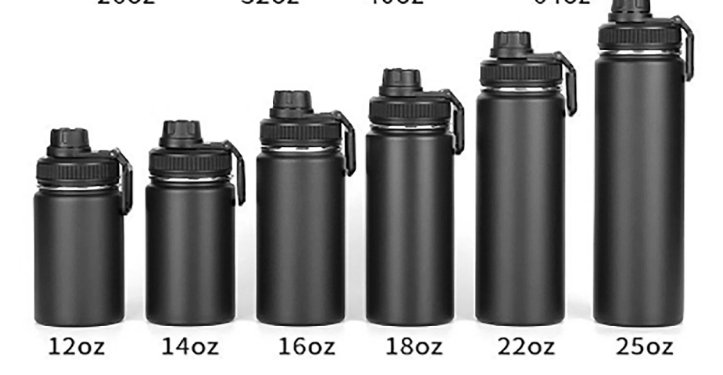
I often call the 16 oz size the "bridge bottle." It's the easiest first step for someone trying to switch from disposable bottles to reusables. Why? Because the size is already familiar. There's no learning curve. A customer can look at it and immediately understand how it fits into their life. For a product developer, this size is a low-risk, high-potential entry point into your brand. It can serve multiple purposes, from a child's first bottle to a sleek container for a hot latte.
The Role of the 16 oz Bottle in a Product Line
This compact size is deceptively versatile. For Emily, the product developer, the 16 oz bottle can be a strategic player in her brand's collection, filling several important niches.
- The Familiar Standard: Its direct comparison to a 500ml disposable bottle makes it an intuitive choice for consumers. It feels normal and non-intimidating.
- Ultimate Portability: This is its greatest strength. It's lightweight and fits anywhere: car doors, small backpacks, purses, and even large coat pockets. It is the definition of "grab-and-go."
- The Coffee Crossover: 16 oz is a "Grande" at Starbucks. This makes it a perfect dual-purpose product. You can market it as a water bottle that's also the ideal size for a morning coffee, instantly doubling its value.
- The Kids' Market: It's a manageable size and weight for children to carry in their school bags. Paired with a simple straw lid, it becomes an ideal product for the family market.
While it's not the right choice for an athlete needing all-day hydration, the 16 oz bottle excels at convenience and versatility, making it a valuable and often underestimated part of a well-rounded drinkware line.
Conclusion
Building a successful bottle line isn't about offering every size. It's about strategically choosing sizes that perfectly match your customer's lifestyle, ensuring your product is always the right fit.

